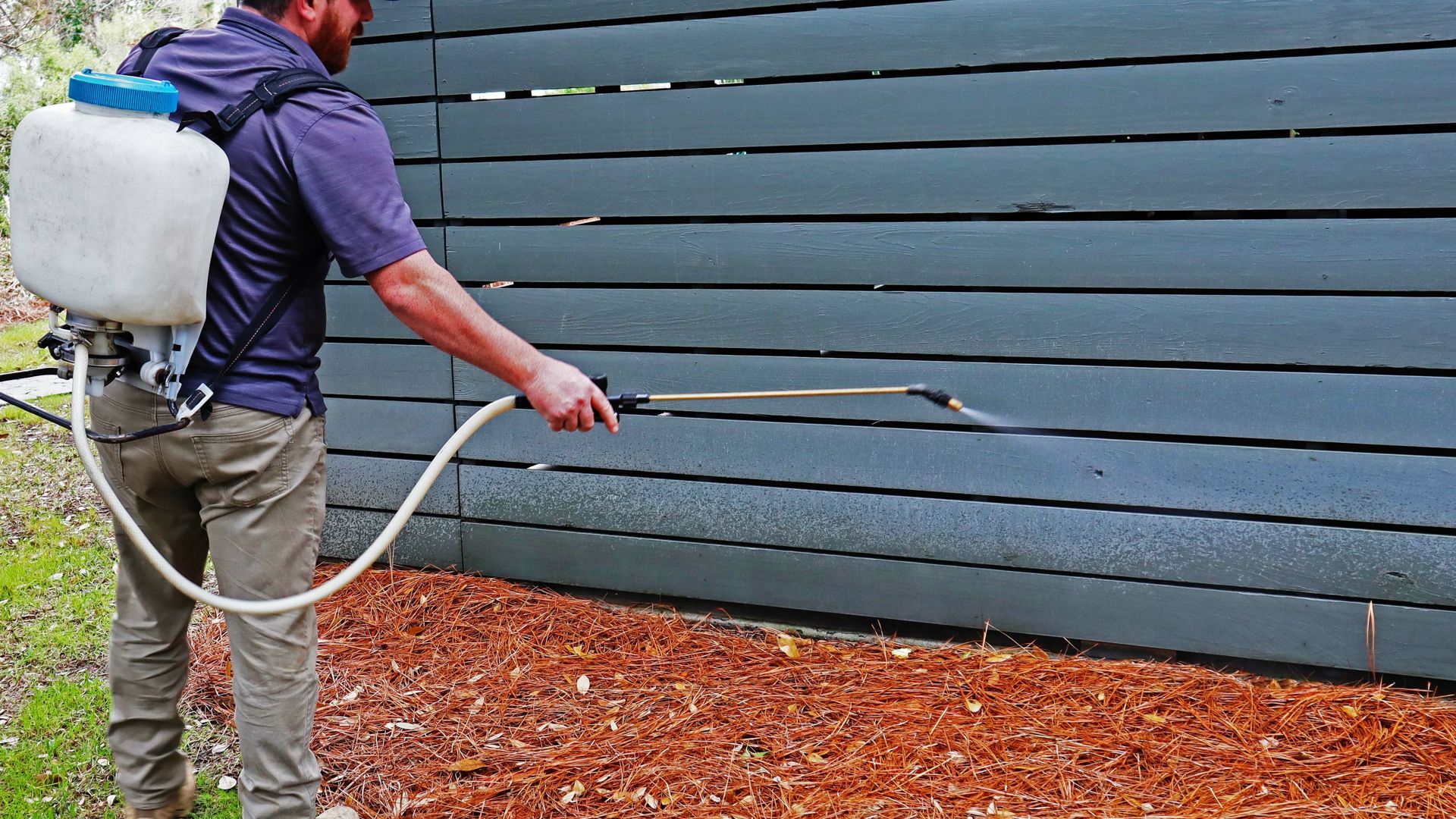How Hard Is It To Get Rid Of Rodents In Oceanside?
With thousands of homes infested and millions of dollars in damages every year, rodents are at the top of the unwanted list for California homeowners.
Besides carrying over 35 infectious diseases, rodents' front teeth continuously grow throughout their lives, requiring them to gnaw on wood and other available objects to keep them down to size. They are responsible for thousands of house fires and outages yearly, thanks to their habit of chewing on electrical wires.
Rodents are nocturnal and great at staying hidden but watching for the following telltale signs will help you spot a rodent infestation:
- Gnaw marks on the bottom of the walls and furniture legs
- Droppings, capsule-shaped for rats and rod-shaped for mice
- Footprints
- Greasy marks on the walls along rodent pathways
- The odor of mouse urine
It's important to spot a rodent infestation early before their numbers grow and damages become extreme.
Let's discuss the types of rodents you're likely to run into in the Oceanside area, why they make their way into your home, how to discourage them from doing so, and if that fails, how to find top-notch pest control in Oceanside.
How To Identify Common Types Of Rodents In Oceanside
In the Oceanside area, you're likely to run into Norway rats, roof rats, or house mice trying to settle into your home.
- Norway rats are the largest rat species in the United States, growing up to 9 1/2 inches long with a long brown body, blunt muzzle, and white or grey undersides. Norway rats build burrows and often use those burrowing skills to infest basements and lower levels of a house.
- Roof rats grow up to 8 inches long with a long, thin body with brown fur and grey undersides. You can distinguish them from Norway rats by their long scaly tail and large eyes and ears. Roof rats are excellent climbers and usually infest attics.
- House mice are the most common rodents to infest homes in our state. They are usually 2 1/2 to 3 3/4 inches long, not including the tail, with grey fur and white or cream-colored undersides. House mice, as the name suggests, often prefer our homes to a more natural outdoor habitat and are known for their incredible reproduction rate.
Different rodent species share one characteristic in common; all rodents are very difficult to kick out of your house once they establish a colony.
Can Rodents In Your House Make You Sick?
Rodents in Oceanside carry multiple serious and infectious diseases, such as leptospirosis, rat-bite fever, tularemia, and salmonellosis. They also spread bacteria and pathogens wherever they travel. You do not need to come in direct contact with them; just being in a house infested by rodents is often enough to make you sick or trigger an allergic reaction.
How And Why Rodents Find Their Way Into Our Homes
All rodents are attracted to our Oceanside homes for two simple reasons; easily accessible food and comfortable shelter. They are very skilled at house infiltration, with a mouse able to squeeze through an opening an inch across and a foot-long rat through a crack the size of a quarter.
Rodents don't have great eyesight, but their sense of smell is very well-developed, allowing them to find food up to half a mile away. Keep foodstuffs in tightly closed glass or metal containers and ensure you properly seal outside walls, vents, and windows to keep rodents out of your house.
How To Safely Get Rid Of Rodents In Your Home
At Bull's Eye Pest Control, we've been helping Oceanside residents solve their rodent infestation problems for almost 20 years. We are locally owned and operated, and our experienced technicians have the tools and knowledge to get rid of rodents or any other infestation in no time.
If your house has a rodent infestation, contact us for a free general pest control inspection today and to learn more about our residential and commercial pest control services in Oceanside.

